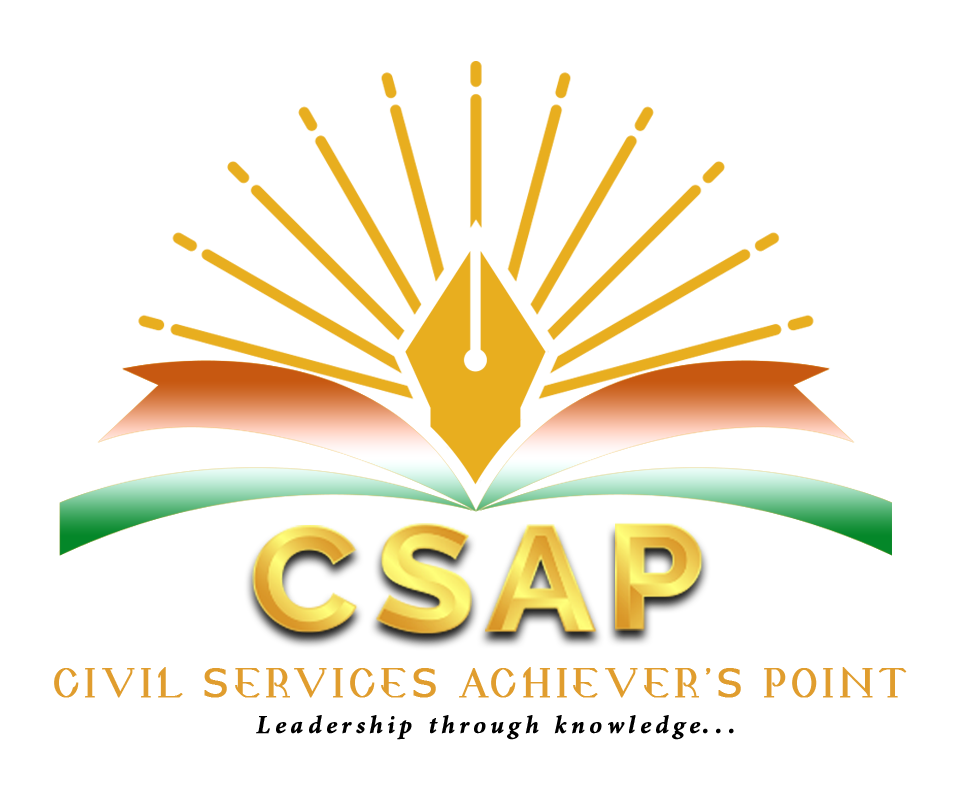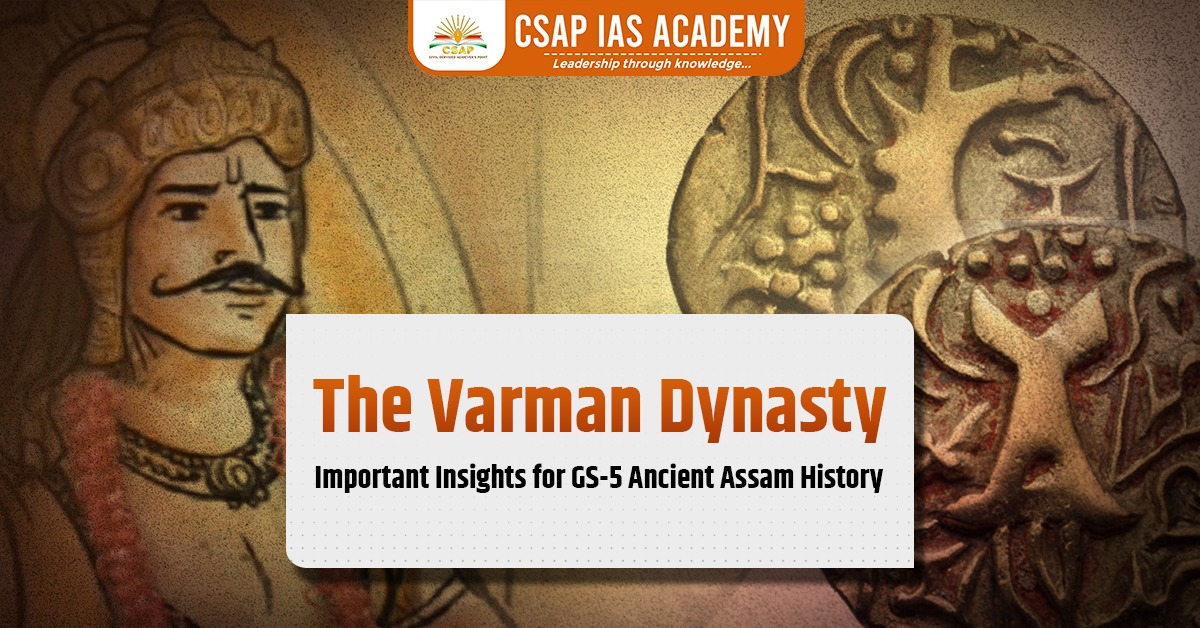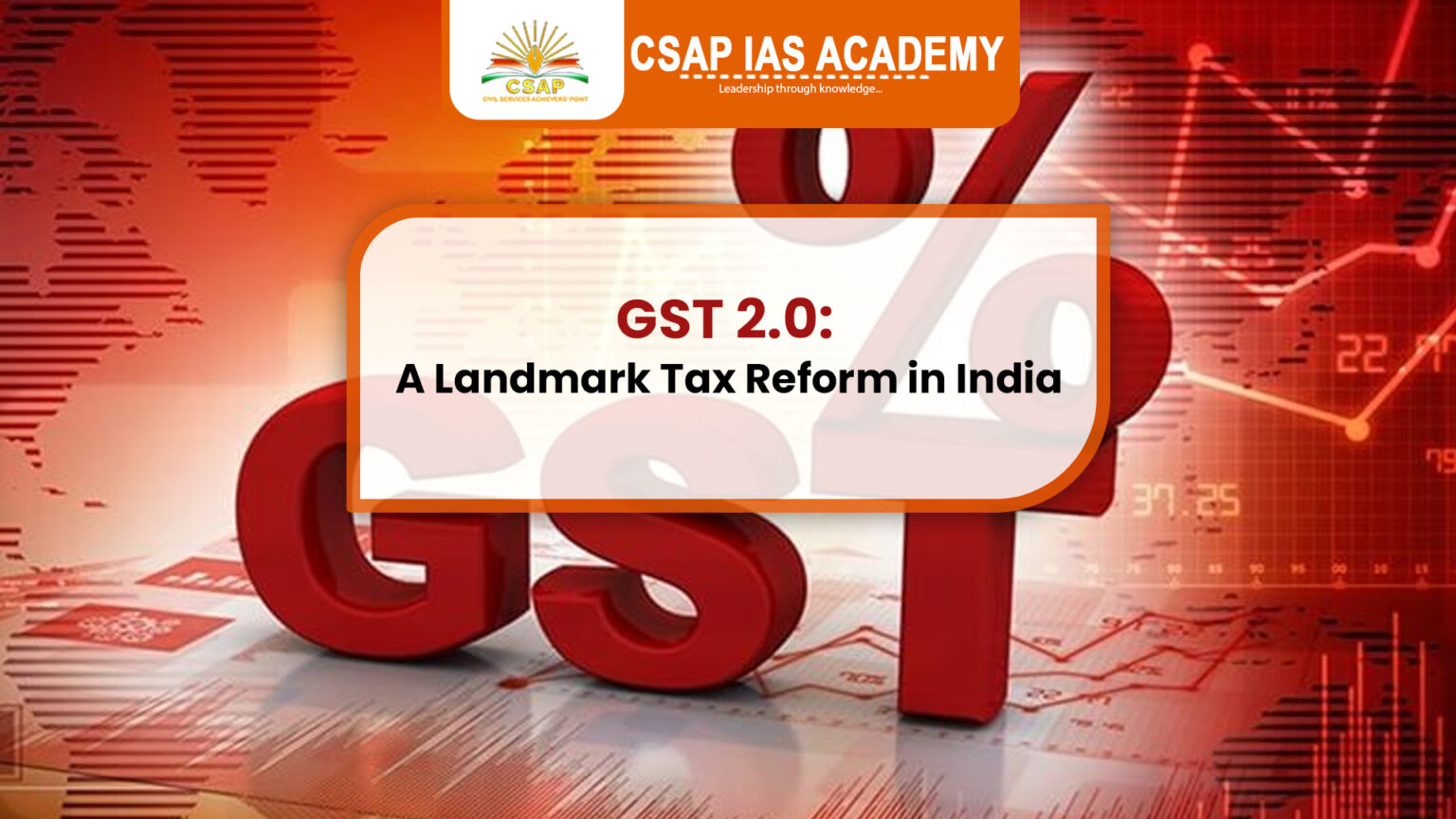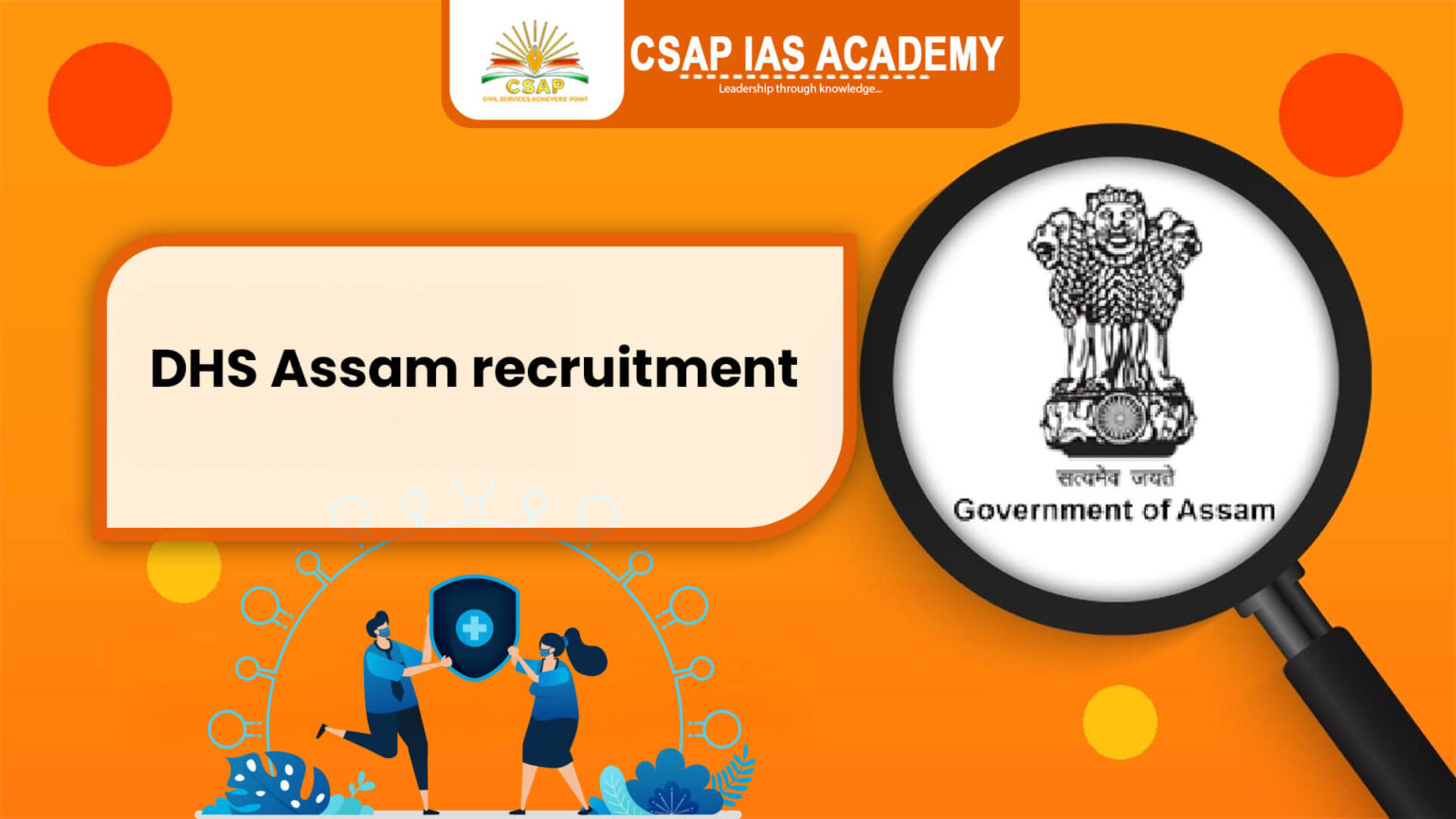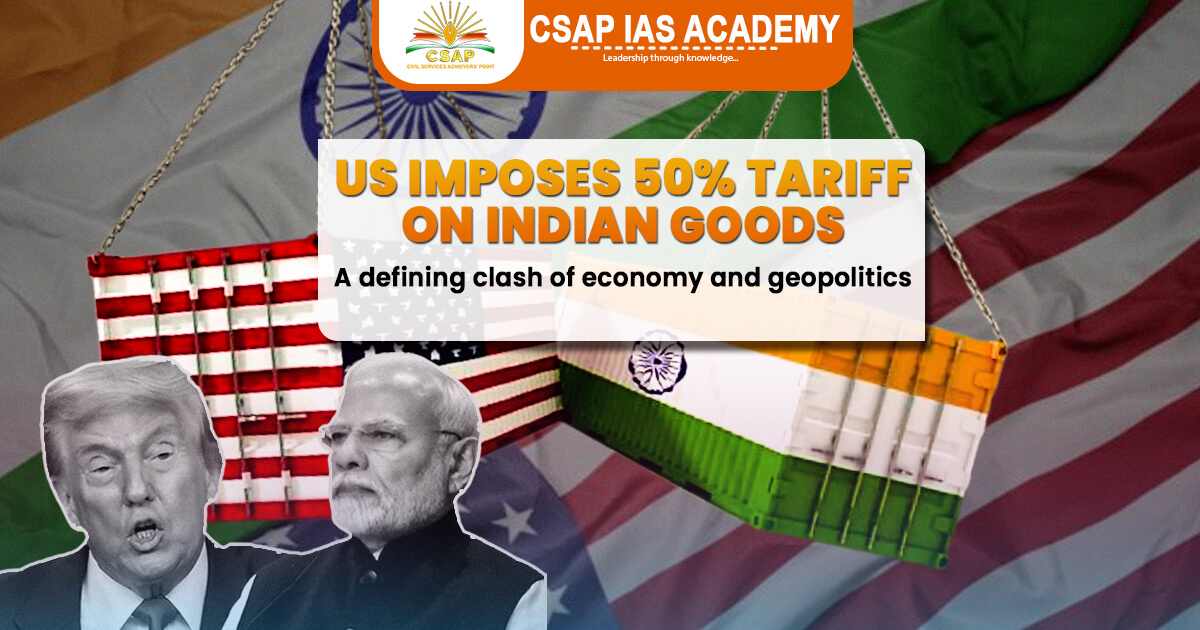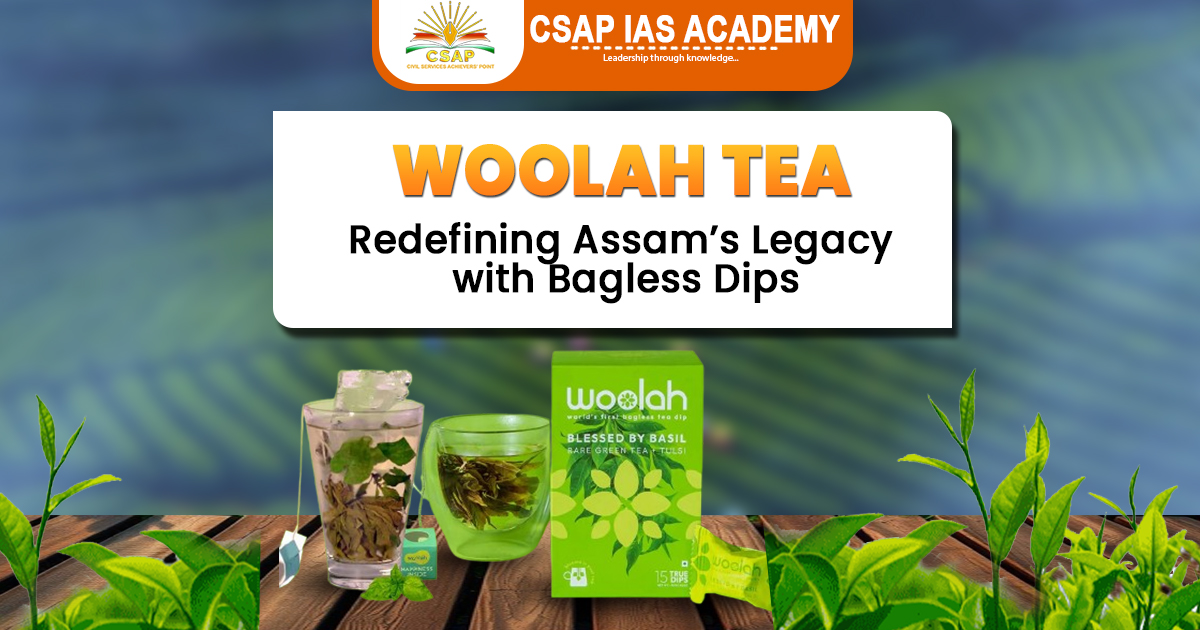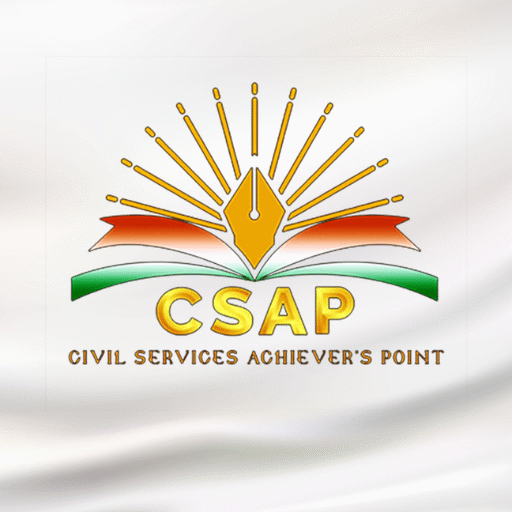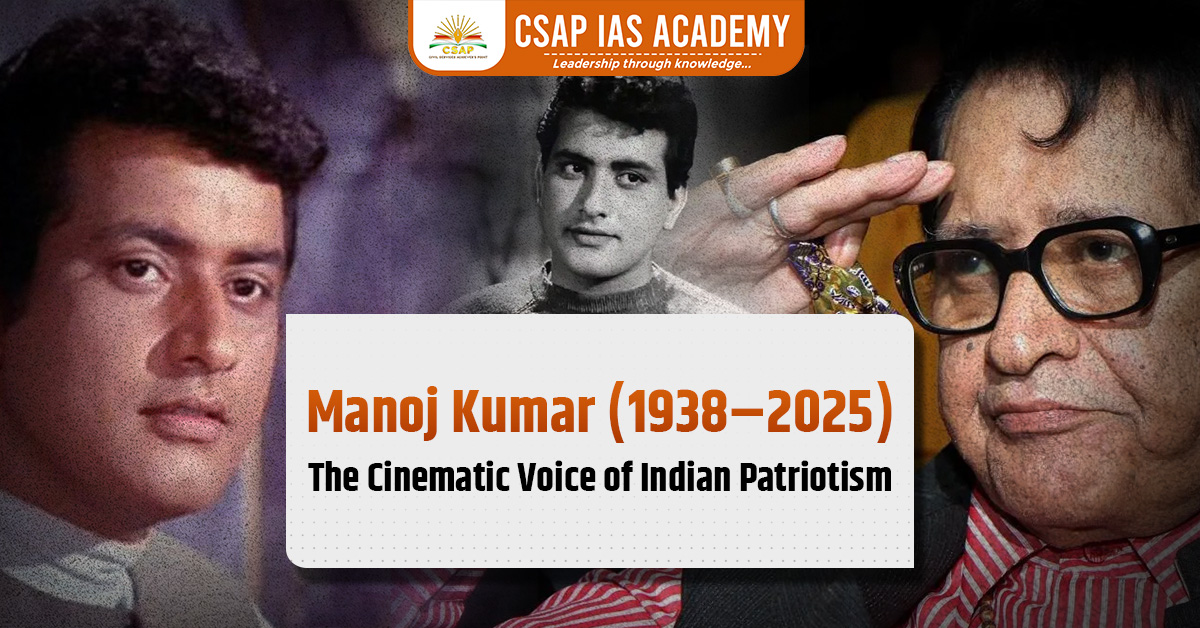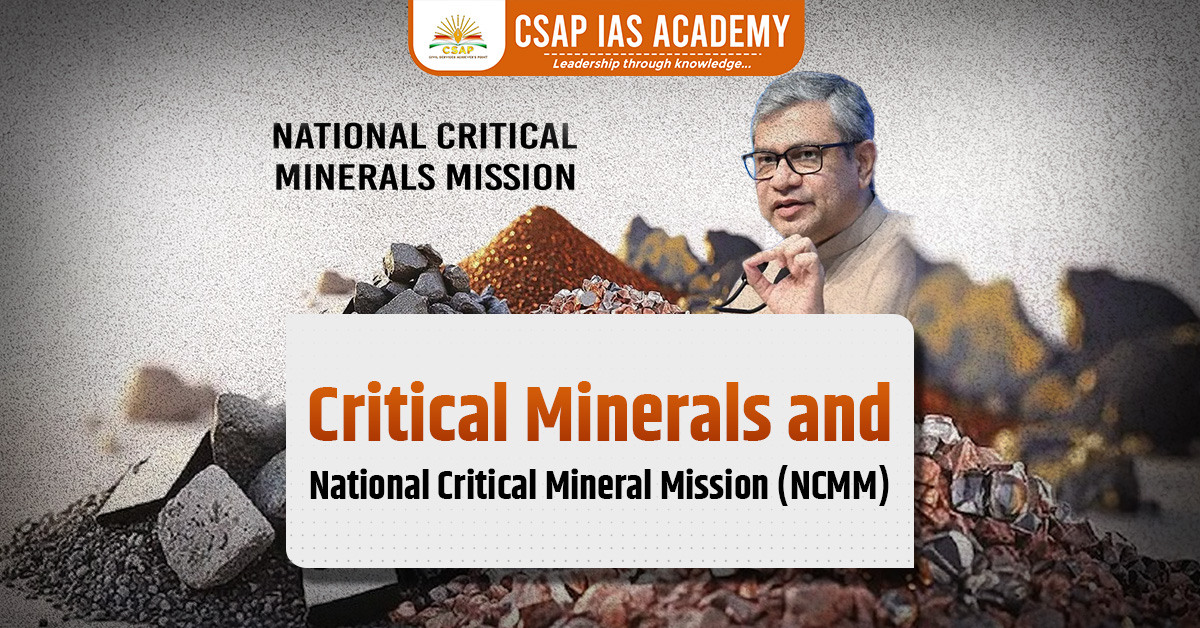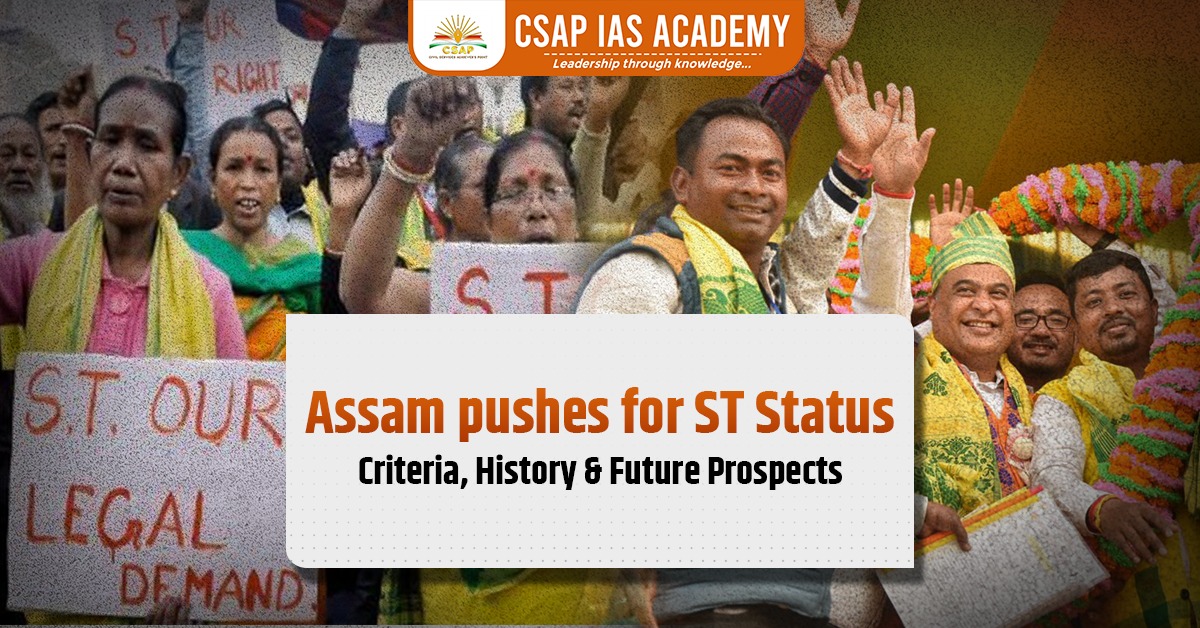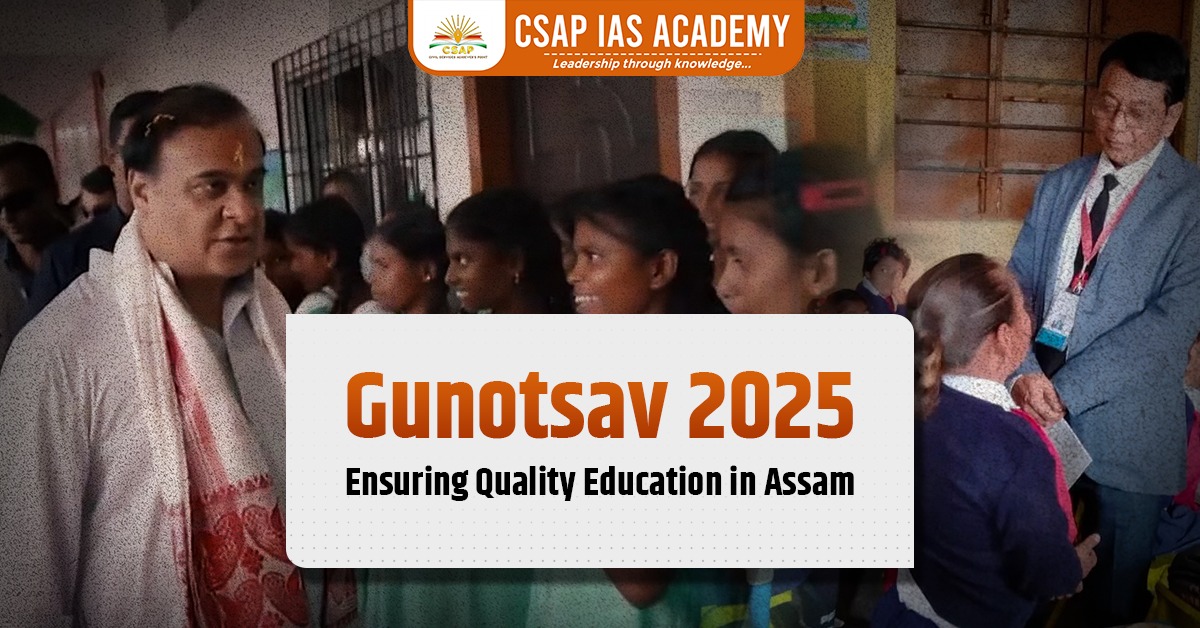The Varman dynasty was the first historical dynasty of the Kamarupa kingdom. It was established by Pushyavarman, a contemporary of Samudragupta. The king of this family traced their origin to Naraka. The kingdom which he established with much effort, grew in the periphery of the Gupta Empire, adopted the north Indian political model, and its kings took on names and titles of the Gupta kings and queens.The earlier Varmans were subordinates of the Gupta Empire, but as the power of the Guptas waned, Mahendravarman (470- 494) performed two horse sacrifices and status of Kamarupa as Independent state remained unimpaired.
According to Allahabad Prasasti of Samudragupta, the ruler of Kamarupa was mentioned as a frontier ruler (Pratyanta-nrpatis) of the great Gupta emperor. As per Apsad Inscription of Adityasen, Susthivarman was defeated by Mahasengupta on the bank of Lauhitya.
The capital was Pragjyotishpura and located at the south eastern slope of the Narakasur hill near Dispur. The dynastic line from Pushyavarman first appear in the 7th century, in Dubi and Nidhanpur copper plate inscriptions issued by Bhaskaravarman and in the Harshacharita, though the descriptions are panegyric, repetitive and devoid of dates.Though some modern scholars have opined that the Varman dynasty is probably of Indo-Aryan descent, it is now believed that the Varmans were originally non-Indo-Aryans.
Suniti Kumar Chatterjee calls Bhaskaravarman a Hinduised Mlechcha king of Indo-Mongoloid origin. Hugh B. Urban (2011) too infers that the Varmans descended from non-Aryan tribes.
Important Rulers of the Varman Dynasty
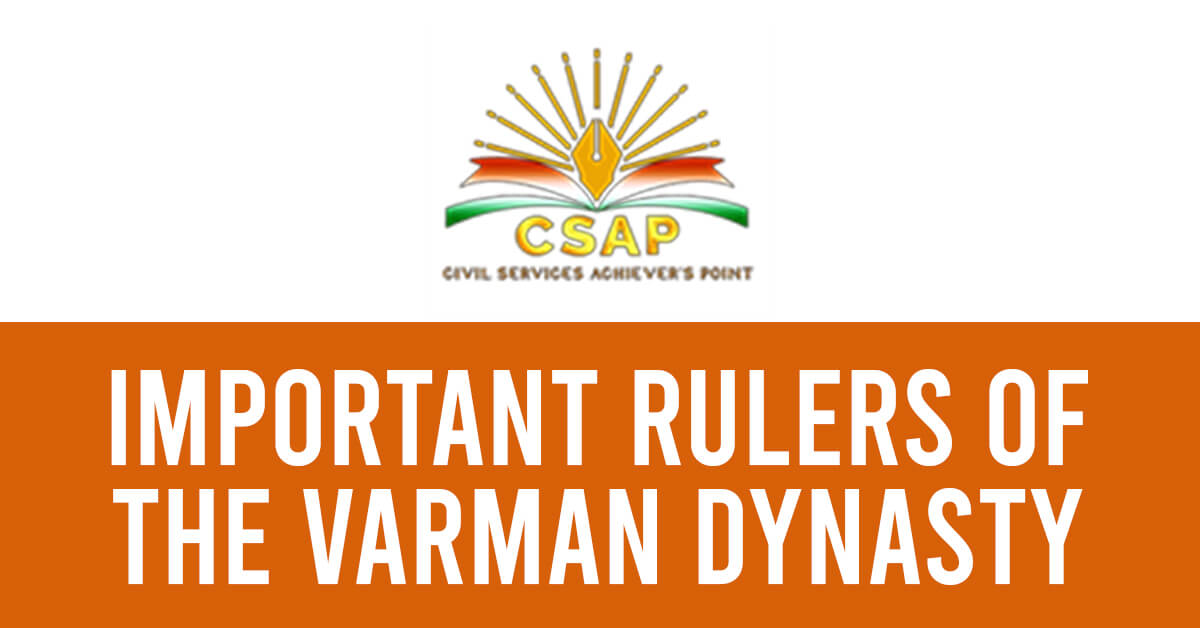
1. Pushya Varman (c.350-380 AD)
- Founder of Var Contemporary of great Gupta Ruler Samudra Gupta
- Took the title ― Maharajadhiraja
- Ensured steps to establish Kamrupa as a frontier state.
2. Samudra Varman (c.380-405AD)
- Son of Pushya Varma
- Contemporary of great GuptaRuler ChandraGupta II (Vikramaditya)
3. Balavarman (405- 420A.D)
- Meghavahana the king of Kashmir married Amritaprabha the daughter of Bala Varman (Source- Rajataragini by Kalhana).
- The Kamrupi princess have said to have built a vihara for the benefit of the foreign Buddhist Monks which was known Amrita bhavan. –
- Thus, this shows that there was influence of Buddhism in this area before the visit of Hiuen Tsang.
4. Kalyanvarman (420-440 A.D)
- The remarkable event during his reign was the conquest of Devaka or the kapili valley near Nowgong.
- He is said to have sent diplomatic mission to China.
5. Mahendravarman (c.450-485AD)
- First Varman Dynasty king to conduct Horse sacrifice i.e., Aswamedha Yajna.
- The first king of Kamrupa who waged a successful war against Gupta army
- He possibly liberated Varman Dynasty from Gupta dominance
- The extension of the rule of Kamrup over south east Bengal was his solid achievement.
6. Bhutivarman (510-555 A.D)
- The most remarkable achievement of his reign was the struggle against the later Gupta and the conquest of North Bengal.
- He conquered Pundravardhan or North Bengal from the later Guptas, As a mark of victory he performed a horse sacrifice and donated lands to 205 Brahmins in Pundravardhan (Badaganga Epigraph).
7. Mahabhuti Varman (c.510-555AD)
- During his reign a big portion of north bengal and bihar was included within the kingdom of Kamrupa.
- Came to be known as Parama Bhagavata (Inclination towards vasihnavism).
- After Mahabhuti Varman , certain later varman rulers showed weakness and consequently were defeated by later Guptas As a result, the Kingdom of Kamrupa contracted in the west and the river Karotoya became the boundary.
8. Sthitavarman (565-585 A.D)
The second Aswamedha Yagna was performed by him.
9. Susthitavarman (585-593 A.D)
- Defeated by Mahasenagupta.
- Lost the portion of North Bengal.
- Lands donated by Bhutivarman to the brahmins was lost which was later recovered by Bhaskarvarman (Nidhanpur copper plate of Bhaskarvarman).
10. Supratisthavarman (593-594 A.D).
He is said to have increased the strength of the military of Kamrup.
11. Bhaskarvarman (594-650 A.D).
Known as ‘Kumar Raja’. Last and greatest king of the Varman dynasty and a contemporary of Harshavardhan (606- 648 AD) Harshavardhan honoured Bhaskar Varman at a conference held at Kanauj. During his reign, Kamrupa became a dominant power in all India politics.
- He jointly with Harshavardhana of Kanauj defeated ruler of Bengal called Sasanka and forced him to flee to Orissa.
- Chinese traveller Hiuen Tsang lived in the court of Bhaskar varman for some time.
- The Assamese Calendar (Bhāskarābda)is counted from the date of the ascension of Kumar Bhaskar Barman to thethrone of Kamrup.
- The achievements of Bhaskarvarman are mentioned in Bana Bhatta’s ‘Harsha-Charita’ Hiuen Tsang’s ‘Si- Yu-Ki’ and various inscriptions found. – He was a bachelor king that is why he was known as Kumar Bhaskar Varman.
- The dynastic line from Pushyavarman first appear in the 7th century,in Dubi and Nidhanpur copper plate inscriptions issued by Bhaskaravarman and in the Harshacharita The Dubi copper plate inscriptions are the inscriptions of a grant issued by Bhaskaravarman of Kamarupa.
This is the earliest of all copper plate grants issued by Kamarupa kings discovered so far. This was an issue after an earlier charter, issued by Mahabhuti Varman , was destroyed. All six plates in this grant were first discovered around 1950 during digging near a Siva temple in Dubi village about three miles from the Pathsala railway station, Kamrup district. These plates are currently in the Assam State Museum. This plate was issued before the Nidhanpur copperplate inscription, during the earlier part of Bhaskaravarman’s reign.
The Nidhanpur copperplate inscription of the 7th century Kamarupa king Bhaskaravarman gives a detailed account of land grants given to Brahmins.
The copper plates were discovered on 29 December 1912, in the village of Nidhanpur in Panchakhanda near what is now Sylhet in Bangladesh. The copper plates were found mostly in Panchakhanda pargana where historians opined that actual granted lands are located. The inscriptions recorded by Bhaskaravarman in different parts of India provide a detailed account of his rule and associate events.
It was customary among the kings of Kamarupa to issue seals for every major event related to the kingdom, be they giving land grants to Brahmins or winning a war.
Political condition of North India in the early part of the Seventh century
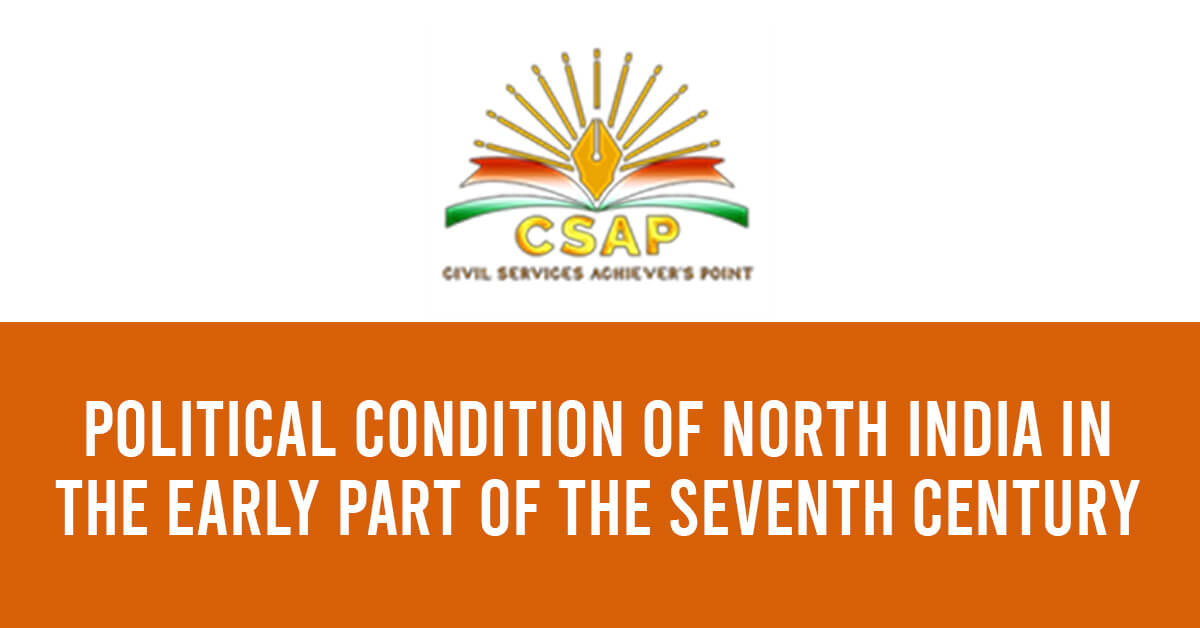
During the later part of the 6th century and the first part of the 7th century two great dynasties and two powerful monarchs North India viz. Pushyabhutis of Thaneswar (Jalandhar, East Punjab), The Maukharis of Kanouj, Devagupta of Malwa and Sasanka of Gour (Bengal) became very powerful.
Pravakarvardhan, the king of Thaneswar gave his daughter, Rajyasri in marriage to Grahavarman, the Maukhari King of Kanouj, thus an alliance was made between the two families of Pushyabhutis and the Maukharis.
Alliance of Bhaskar-Varman with Harshavardhan and war with Sasanka
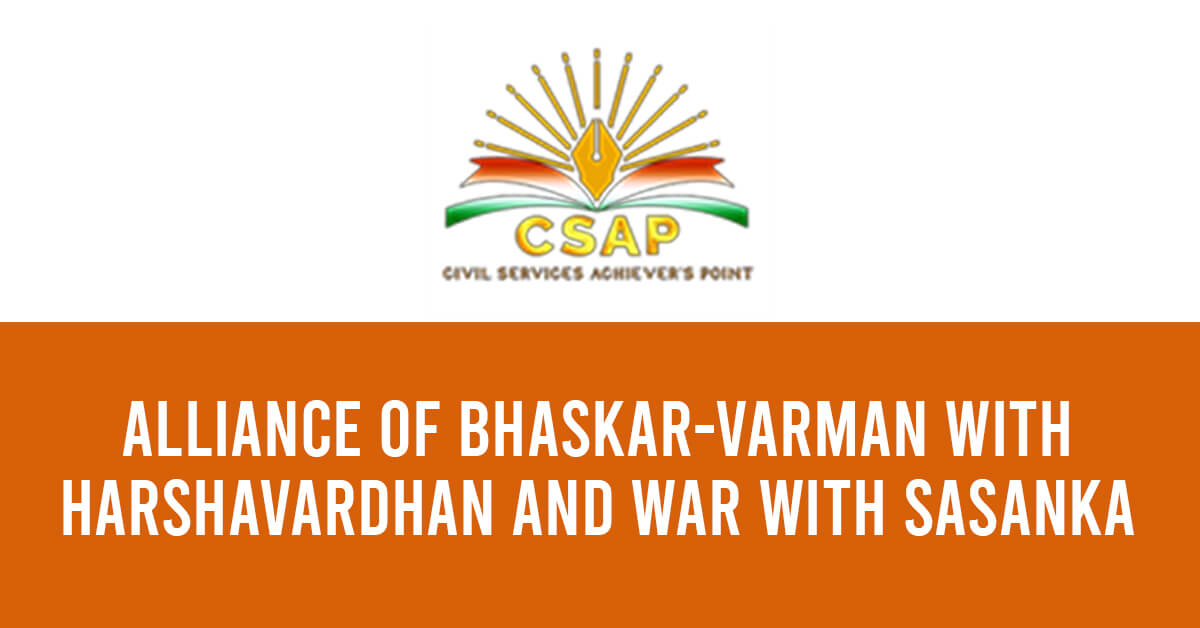
- Bhaskarvarman established an alliance with Harshavardhan by sending his ambassador Hansabega to him.
- The alliance between Bhaskar and Harsha proved fatal to Sasanka.
- Bhaskara attacked from the east and Harsha general Bhandi attacked from the east.
- Sasanka fled to Kongoda (Orissa) for refuge.
- To celebrate its victory Bhaskarvarman issued the famous Nidhanpur copper plate to confirm the land grants of Pundravardhan, originally made by Bhuti-Varman.
- Chinese traveler Hiuen Tsang came to India around 630 AD – Around 643 AD, during the Bhaskar Varman reign, Hiuen Tsang visited Kamrupa and remained in his court for some time
- He compiled his accounts in his book ‗Si-Yu-Ki‘.
Download App:
